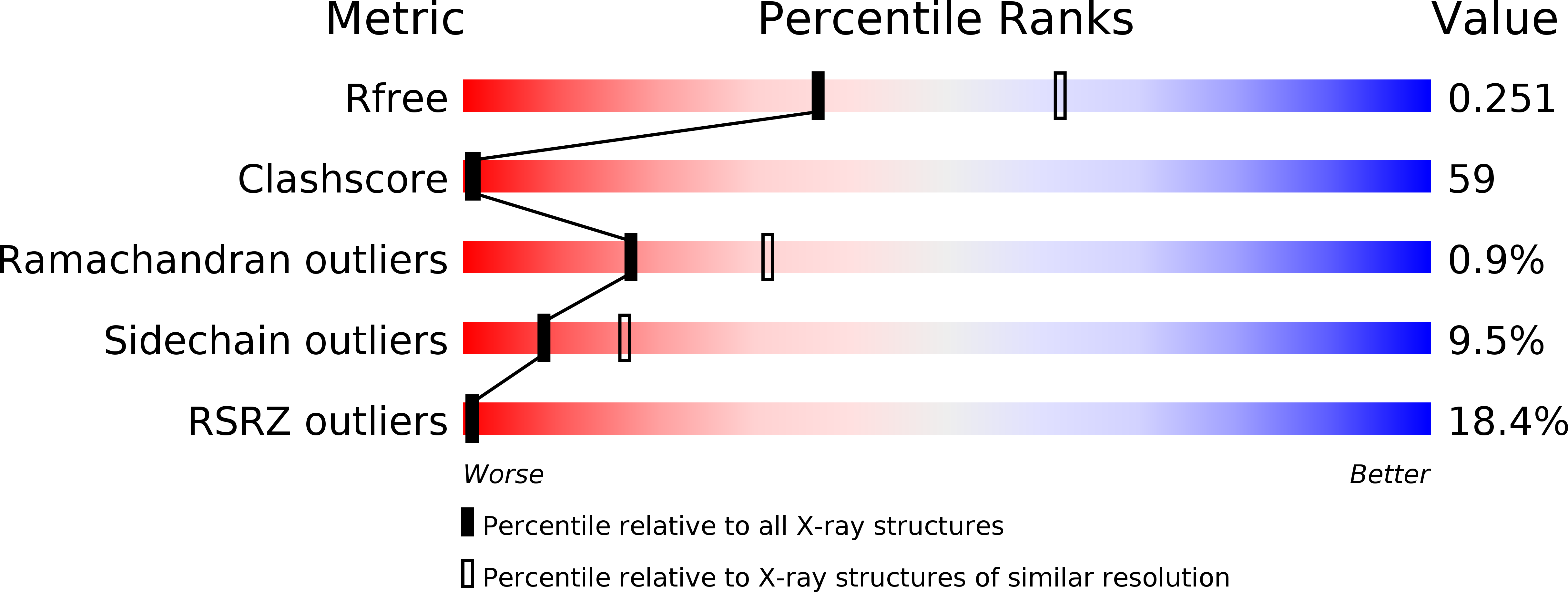
Deposition Date
2005-01-19
Release Date
2006-05-23
Last Version Date
2024-05-01
Entry Detail
PDB ID:
2BHW
Keywords:
Title:
PEA LIGHT-HARVESTING COMPLEX II AT 2.5 ANGSTROM RESOLUTION
Biological Source:
Source Organism:
PISUM SATIVUM (Taxon ID: 3888)
Method Details:
Experimental Method:
Resolution:
2.50 Å
R-Value Free:
0.24
R-Value Work:
0.21
R-Value Observed:
0.21
Space Group:
C 1 2 1


